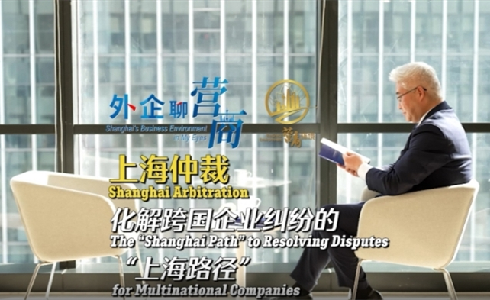Shanghai broadens auto export reach with Yangtze River transit expansion

Chongqing-made vehicles line up for export at Shanghai's Haitong International Automobile Terminal. [Photo/Shanghai Observer]
Shanghai has expanded its "river-sea intermodal transit" model for automobile exports to include ports along the upper reaches of the Yangtze River.
The expansion facilitated the recent export of 108 Chongqing-made vehicles to Mexico via Shanghai, marking a significant step in streamlining auto exports from inland China.
According to Shanghai Customs data, the city's ports exported over 1.27 million vehicles in the first half of this year, a 13 percent increase compared to the same period last year. This volume accounts for 36.7 percent of China's total automobile exports during that time, cementing Shanghai's position as the nation's leading auto export hub.
The "river-sea intermodal transit" model allows vehicles to be transported via inland waterways to Shanghai's ports, where they are then loaded onto international cargo ships. For instance, approximately 95 percent of automobiles exported by Anhui-based Chery utilize this method, departing from Shanghai for overseas destinations.
The recent shipment of Chongqing-made cars involved domestic vessels transporting the vehicles from Chongqing's Guoyuan port to Shanghai's Haitong International Automobile Terminal at Waigaoqiao port. From there, the vehicles were transferred to the foreign trade roll-on/roll-off ship Emerald Ace for export to Mexico.
Strategically located at the mouth of the Yangtze River, Haitong International Automobile Terminal is China's largest vehicle roll-on/roll-off terminal. Its advantageous location and vast network of global shipping routes make it a preferred export gateway for automakers along the Yangtze River.
This process allows Chongqing-based automakers to complete all customs procedures locally, effectively turning Shanghai's port into their "home port" for exports. Transportation via waterway and streamlined customs procedures can save approximately 1,500 yuan ($209.04) per vehicle.
Shanghai boasts two major automobile export terminals: the Haitong International Automobile Terminal in Waigaoqiao and the Nangang Terminal in the Lin-gang Special Area. Haitong terminal serves as the primary export hub, with shipping routes reaching 131 countries and regions across Asia, Europe, Africa, Oceania, and the Americas. On average, two to three roll-on/roll-off ships depart daily, fully loaded with domestically produced vehicles.
Shanghai's auto export growth has been remarkable, surging from 379,000 vehicles in 2020 to 2.39 million in 2024, representing an average annual increase of 58.4 percent.
Source: Jiefang Daily


 China's key progress in 14th Five-Year Plan period
China's key progress in 14th Five-Year Plan period  A Guide to Working and Living in China as Business Expatriates (2025 Edition)
A Guide to Working and Living in China as Business Expatriates (2025 Edition)  Foreign tourists eligible for tax refund on 200 yuan purchases
Foreign tourists eligible for tax refund on 200 yuan purchases  play
play 